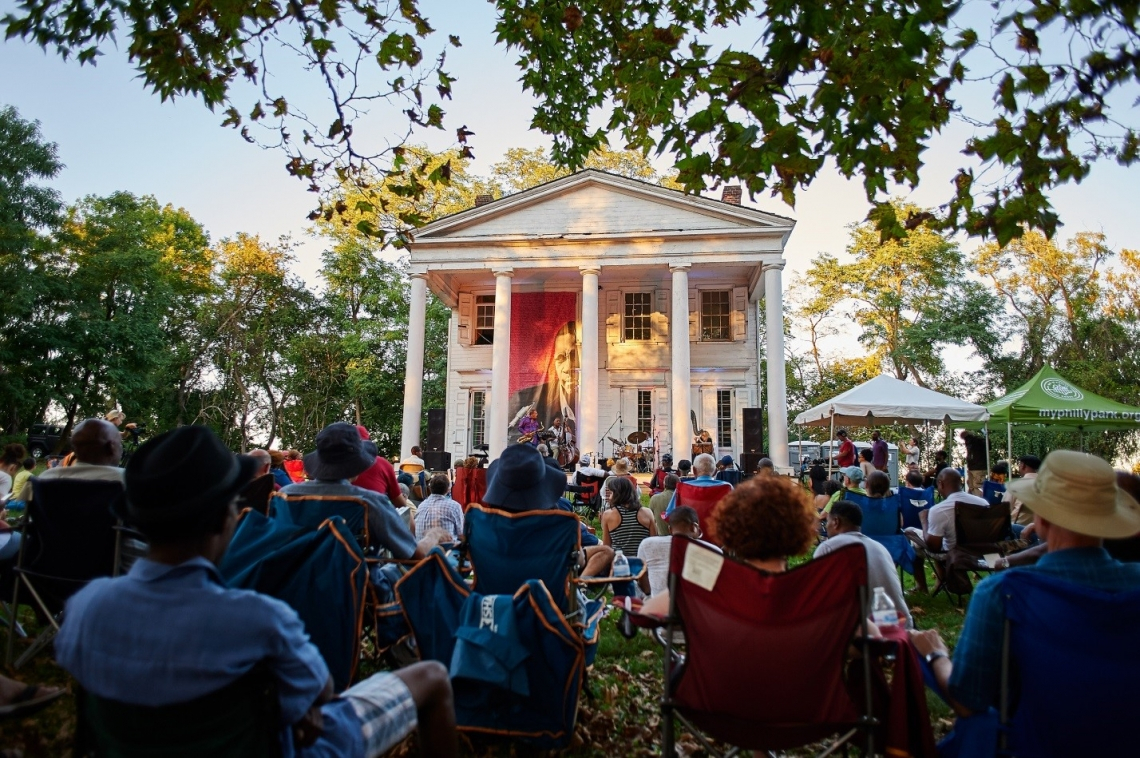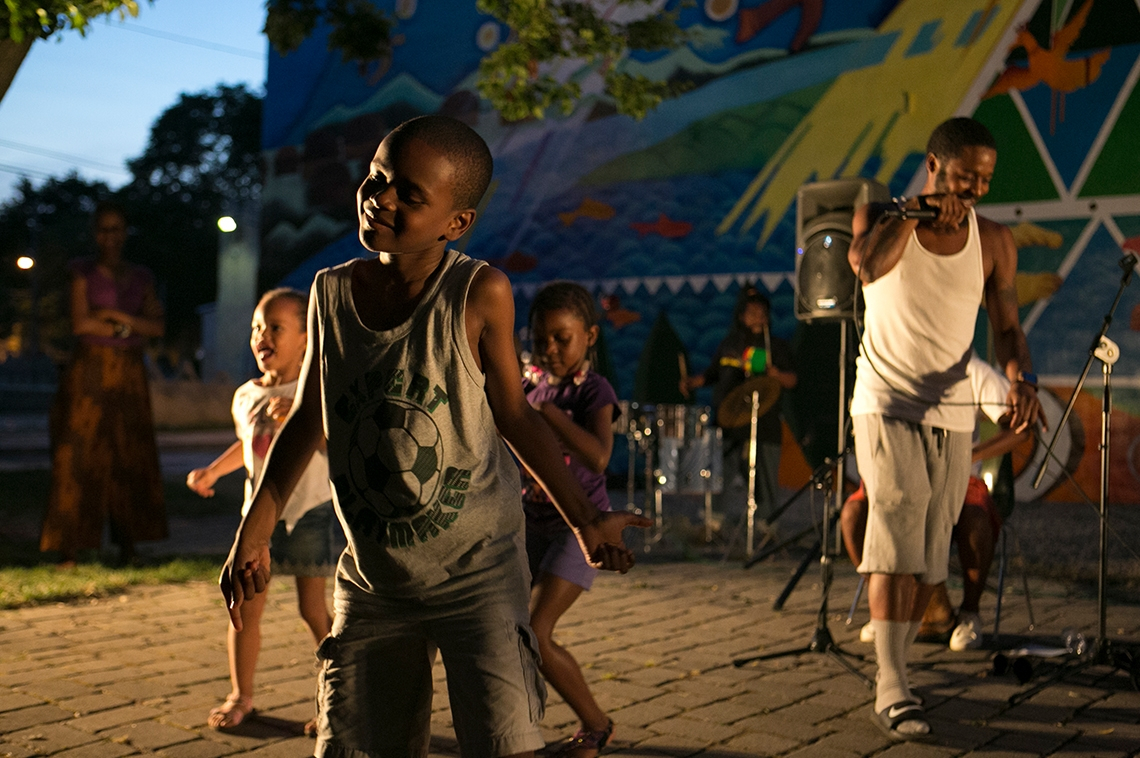

The 91st Academy Awards will take place this Sunday, February 24. The Oscars’ longevity and the great attention this annual event always attracts are testaments to the power of film to capture hearts, engage minds, and alter perspectives.
At ArtPlace, we are blessed to know a different cohort of film and video stars. They are artists and organizations who have successfully leveraged the captivating properties of the moving image to amplify their creative placemaking work.
In light of our blog’s February focus on racial justice, we present—for your consideration—three fantastic ArtPlace-funded projects that have created stellar videos to help drive home the importance of their equity-centered work.
Warm Cookies of the Revolution
As if their name weren’t attention-grabbing enough, this Denver-based “civic health club” made a poetic and imagination-provoking video for their 2018 project This Machine Has a Soul!, which sought to “put a soul into the machinery of budgeting.”
In response to the planned expansion of Colorado’s I-70 freeway, Warm Cookies designed a colorful two-story interactive installation that featured Rube Goldberg-esque machines, a mini-museum, Hot Wheels tracks, and video interviews with area residents as the center of a local participatory budgeting process. The artworks acted as physical manifestations of the complicated interactions of the policies and players at work in the community—as well as a novel invitation for residents to think about how money should be spent in their neighborhoods. We’re pretty sure participatory budgeting has never looked, or sounded, this cool.
The Conservancy evolved from Philadelphia’s Fairmount Park Commission, founded in 1867 to purchase park land, protect the city’s water supply, and provide residents with a place for outdoor activities. Today, the organization stewards more than 200 neighborhood parks with a combined area of over 10,200 acres.
In 2018, The Conservancy organized the first artist residency at Hatfield House, a vacant historic property located within Fairmount Park. The house became a venue for events, exhibitions, and performances by local artists that welcomed the surrounding community—which had not always felt invited into the space. Much of the programming asked attendees to contribute their ideas about what Hatfield House could be in the future. The video The Conservancy produced features performances by and interviews with artist Patricia Sealy, who grew up in the neighborhood and reflects on the “bittersweet” changes she sees in it today.
The Village of Arts & Humanities
“Artist-facilitated community building” has always been at The Village’s core, dating back to its founding over 40 years ago by Arthur Hall, founder of Philadelphia’s Black Humanitarian Center, and local artist Lily Yeh. The Village has received two ArtPlace grants: one for the SPACES artist in residency program, and one for the transformation of two vacant row houses into artist-informed hubs for new public safety initiatives.
One of the most iconic visuals associated with The Village is the Ile Ife Guardian Bird mural: also its first and largest. Over the years, existing structural weaknesses and weather extremes damaged it badly, but in 2015, it was fully revitalized by an intergenerational group of North Philadelphia residents, led by Yeh and another local artist, Felix St. Fort. The Village made a brief documentary video that illustrates how these neighbors not only collaboratively restored but also reinterpreted this community treasure that belongs to them all.
Lastly, a pro-tip for all aspiring filmmakers: Not everyone can hire a professional filmmaking crew, but anyone with an iPhone can make a DIYdoc—for free! DIYdoc is an app that lets you easily make social media-ready short films that tell the stories of people, places, and issues you care about. DIYdoc’s developers and the ArtPlace communications team led a workshop about the app at the 2018 ArtPlace Summit; you can read more about the project’s origin’s here.





